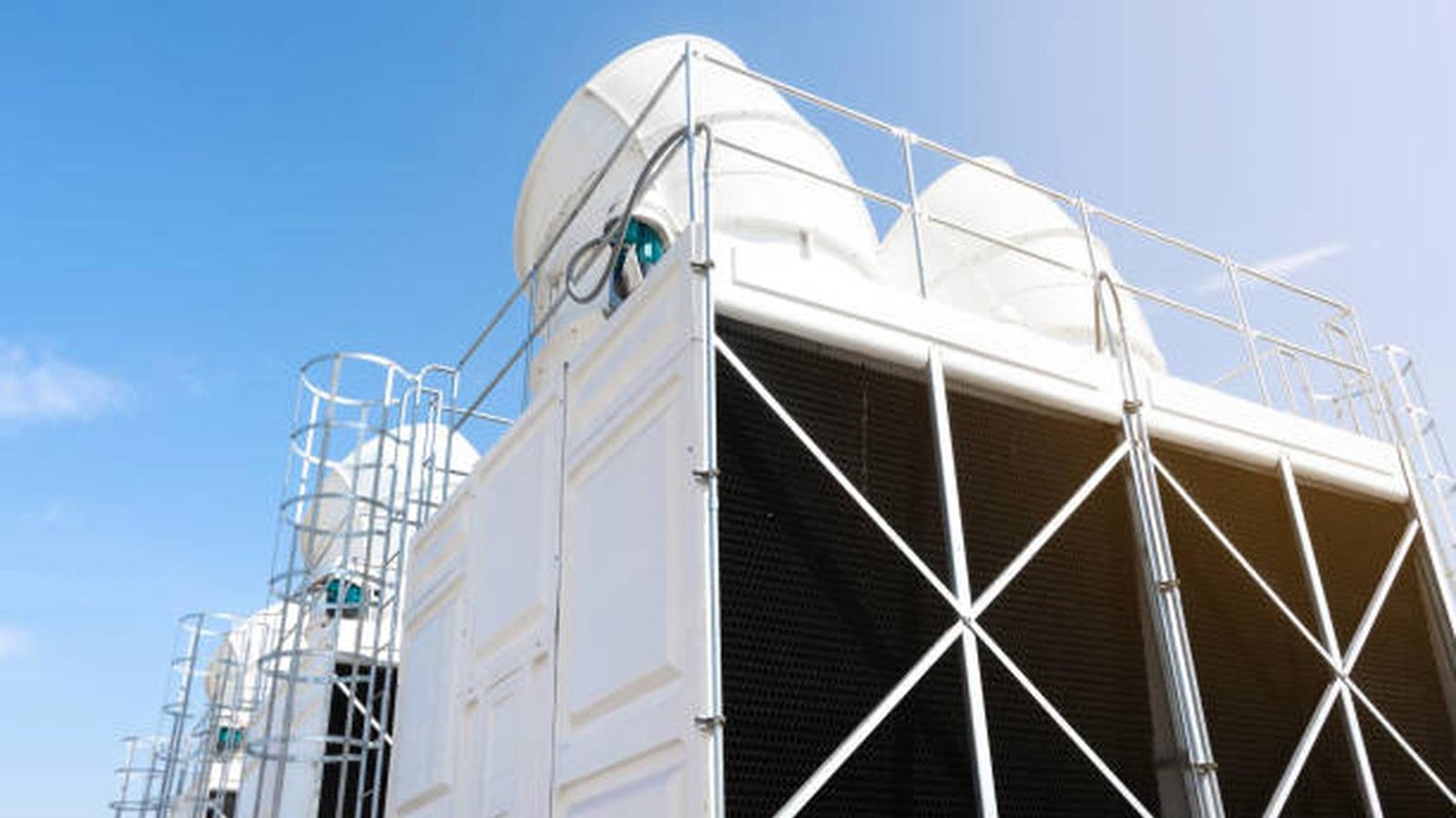The Ultimate Guide to Screw Chillers: Everything You Need to Know
Welcome to our comprehensive guide on screw chillers. In this article, we will provide you with all the information you need to know about screw chillers, including how they work, their benefits, and tips for maintenance and troubleshooting. Whether you are new to the world of chillers or want to expand your knowledge, this guide is for you.
What Are Screw Chillers?
Screw chillers are a type of refrigeration system that uses a screw compressor to cool water or other fluids. They are widely used in various industries such as HVAC, food and beverage, pharmaceuticals, and more. The screw compressor, also known as a rotary screw compressor, is a positive-displacement compressor that provides continuous refrigeration capacity.
How Do Screw Chillers Work?
The working principle of screw chillers involves two rotating screws, known as the male and female rotors. The refrigerant vapor enters the compressor through the suction port and is compressed as the screws rotate. This compression process increases the pressure and temperature of the refrigerant. The heated refrigerant is then discharged into the condenser where it is cooled down by either air or water. The cooled refrigerant is then sent to the evaporator where it absorbs heat and cools the fluid that needs to be cooled. Finally, the cooled fluid is circulated back to the chiller and the cycle repeats.
Benefits of Using Screw Chillers
Screw chillers offer several benefits compared to other types of chillers. First, they provide a higher refrigeration capacity, making them suitable for large-scale cooling systems. Second, screw chillers have high energy efficiency, which can result in significant cost savings in the long run. Third, they have a longer lifespan and require less maintenance compared to other chillers. Lastly, screw chillers offer precise temperature control, allowing for better process optimization.
Maintenance and Troubleshooting Tips
To ensure the optimal performance of your screw chiller, regular maintenance is essential. Here are some tips to keep in mind:
- Regularly check and clean the condenser and evaporator coils to remove any dust or debris.
- Monitor the refrigerant levels and refill if necessary.
- Inspect the compressor for any signs of wear or damage.
- Check the oil level and quality, and change it if needed.
- Keep the chiller room temperature and humidity within the recommended range.
If you encounter any issues with your screw chiller, here are a few troubleshooting tips:
- Check for any error codes or alarms and refer to the chiller's manual for guidance.
- Inspect the electrical connections and ensure they are secure.
- Check for any refrigerant leaks and repair them if necessary.
- Clean or replace the air filters to improve airflow.
- If the issue persists, contact a professional chiller technician for assistance.
Conclusion
Screw chillers are a reliable and efficient cooling solution for various applications. Understanding how screw chillers work and implementing the necessary maintenance and troubleshooting measures can help ensure their optimal performance and longevity. We hope this guide has provided you with valuable insights into screw chillers and their benefits. If you have any further questions or need assistance with your screw chiller, feel free to contact us.
We welcome any questions or feedback you may have, so don't hesitate to get in touch with our knowledgeable team
